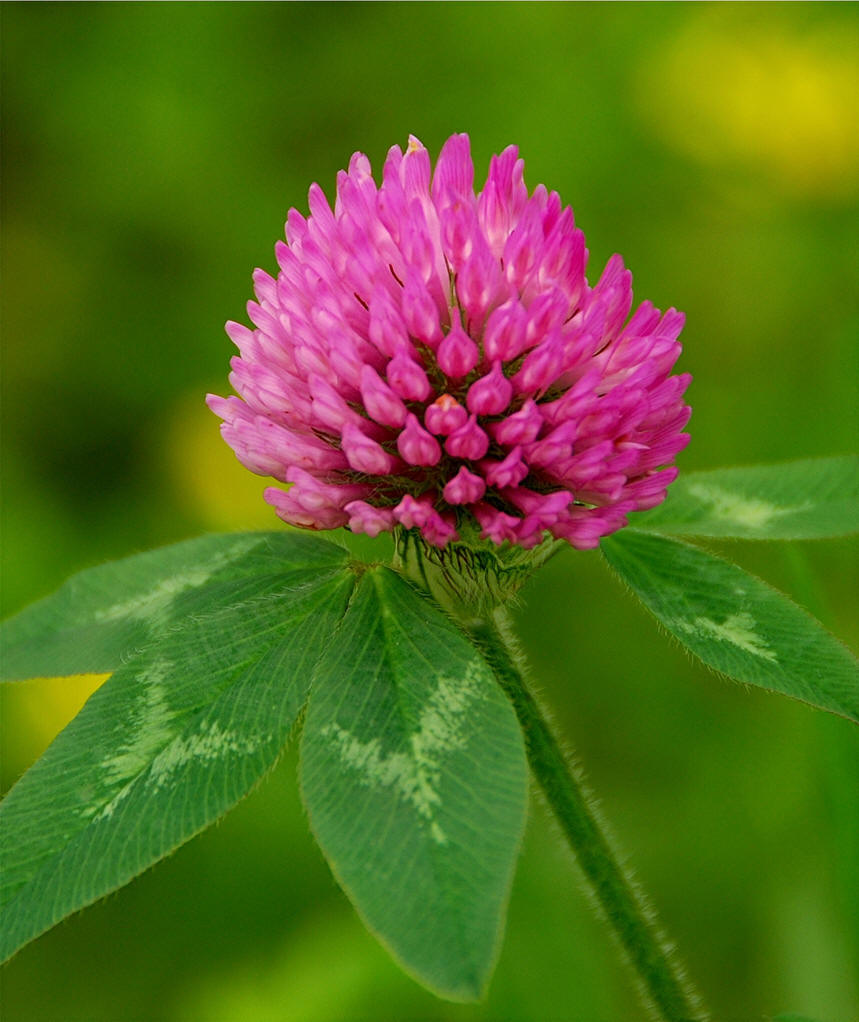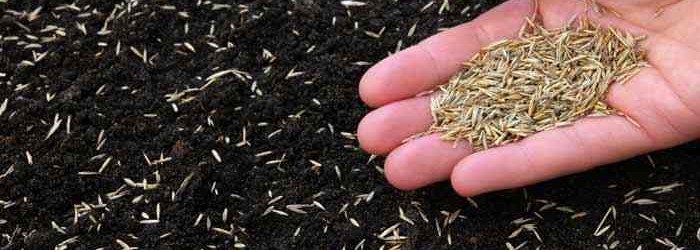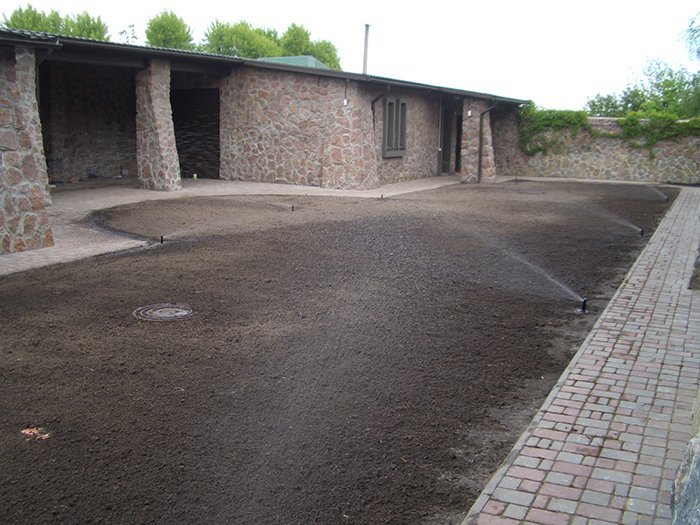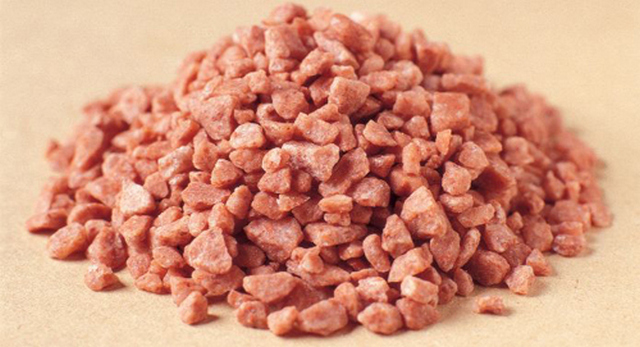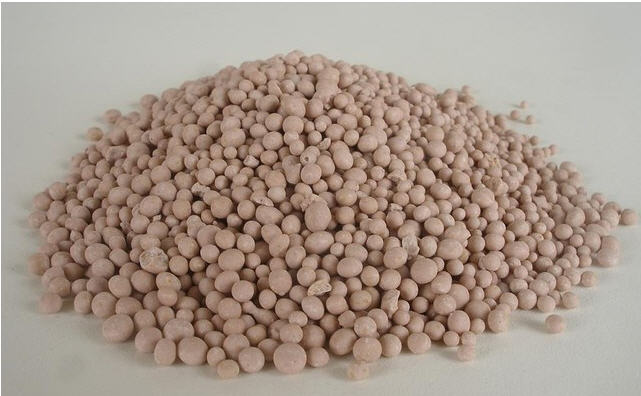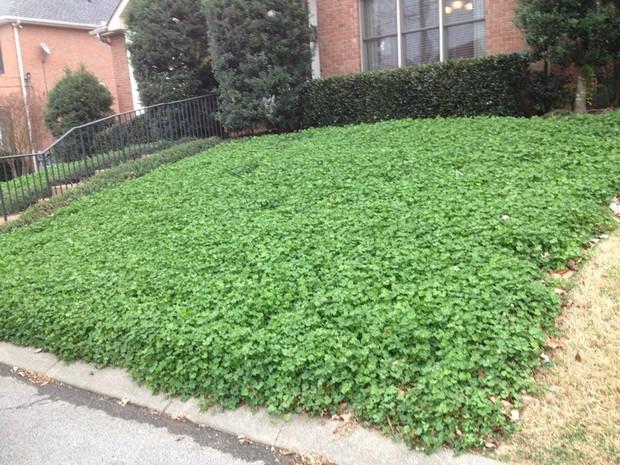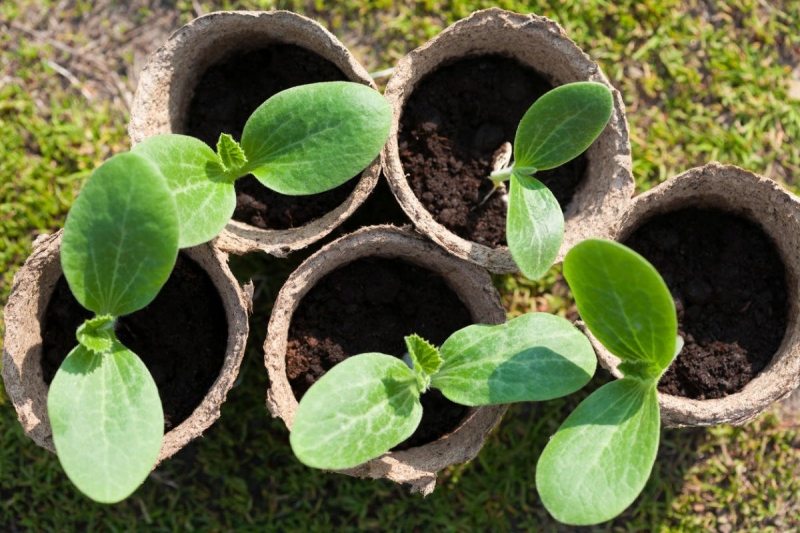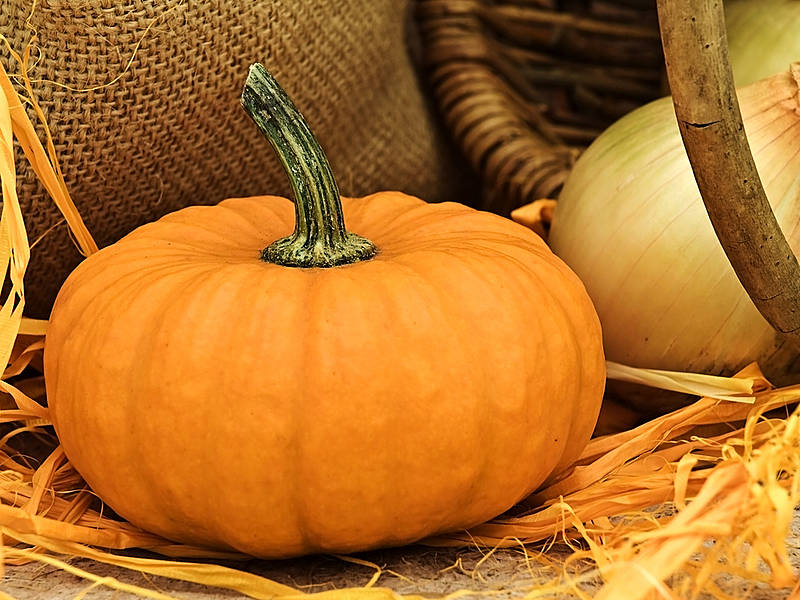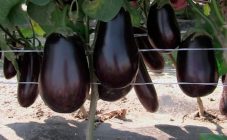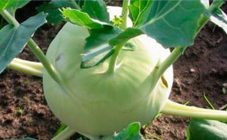Content:
The arrangement of the summer cottage area is eye-catching. Instead of a classic lawn, you can grow a clover plantation. The natural charm of such a site will be expressed by a thousand flower balls. Moreover, the colors are presented in pink, yellow, red, white. Often, varieties of clover are mixed and instead of just a green lawn, a lively colored carpet is obtained, very tenacious and unpretentious.
Clover agricultural technology
For red clover, humus nutrient soils with low acidity are preferable. The plant does not tolerate saline and sandy soils. The earth should be moderately moist, without stagnation.
Pink clover is not so picky and thrives well in structured loamy and sandy loam soils. It tolerates acidic substances more easily than other varieties.
White clover is the most unpretentious, grows quietly on peat bog, alumina, if only there is good drainage and sufficient moisture.
Clover is not a drought-resistant crop, it is cold-hardy, but winter hardiness is low. May also be affected by summer heat. It is considered relatively shade-tolerant.
Site preparation
If the precursors of the trefoil on the site were cereals, this will have a positive effect on growth. It is advisable to grow the grass in spacious areas. Clover will look good in areas of the garden with a slight shadow; they can sow empty places near a building, a fence.
Having decided on the location of the lawn, you need to prepare the soil in order to sow clover.
The selected area must be dug onto the floor with a bayonet, then loosened up the ground and select all the roots of weeds, stones, debris. At the same time, phosphorus and potash fertilizers are applied, the acidic soil is lime.
Before sowing clover on the site, the land must be allowed time to settle. Usually it is 4-5 days.
You should know that it is advisable to grow a red variety for no more than 3 years, pink - 8 years, and white can please the eye for almost 19 years.
Planting clover
The culture is propagated by seeds, which are harvested in the second year of life. Also, the finished material is purchased in stores. Sometimes the grass is propagated by dividing large bushes, but they have poor survival rate.
When to sow clover in spring, you need to determine the average daily weather. It should not be lower than 10 ° C. Usually spring sowing is carried out at the end of April.
When you can plant clover in the fall, you need to calculate the time so that the shoots will rise by 8-10 centimeters before the first frost.
Determining when to plant clover, in fall or spring, should be based on your goals and the benefits of seasonal planting. For laying a perennial lawn, it is better to sow grass in spring:
- will grow with prolonged spring;
- having a creeping stem, will quickly cover the lawn;
- flowering will attract insects to pollinate all horticultural crops;
- periodically mowing will allow you to prepare food for the animals of the courtyard.
Before sowing clover, the plot is divided into sections so that sowing is done without gaps. It will also allow you to calculate the required number of seeds. For 1m² you will need about 300 seeds (10 g).
Before planting the clover, the soil is well moistened, and when the top layer shakes out a little, the seeds are sown with a seeder or on their own.
For even sowing by hand, the seeds are best mixed with river sand. The seeding depth is about 1.5 cm, on light soil, up to 3 cm is allowed. It is advisable to use seeds from stores: there they are already scarified and treated with nodule bacteria.
Experts recommend rolling the lawn after planting. To do this, you can use a roller, barrel, smooth log. Watering is carried out with rain nozzles so as not to wash out crops. After a couple of weeks, shoots can be expected. The shamrock grows slowly, besides, it does not drown out weeds and they are actively developing. Annual cereals will help to cope with weeds: before planting clover, their seeds are mixed. With the beginning of active clover growth, cereals are mowed. This option is used if you have to grow a crop in large areas.
Home-grown, small lawns can be weeded, so a cover of cereals is not needed.
If the grass was not grown for greenery and is left to winter, then you need to know when to mow red clover for the first time. This procedure is carried out when the plant reaches a height of 15 cm, before flowering, but no later than August.
Clover care
Taking care of your shamrock lawn is simple and easy. All care is watering, aeration, feeding, removal of emerging weeds.
Clover blooms twice: in June, in August. Most of the hassle is between these events. Mow the lawn and remove dried stems and flower heads.
Watering
Watering is the main condition for the normal development of culture. Any variety of clover is demanding on moisture, does not tolerate drought. The greatest need for water in a plant occurs in the first year, especially if it grows under the cover of another crop. A lack of moisture leads to the death of sprouts, and an undeveloped superficial root system can freeze out in the winter cold.
The trefoil receiving a sufficient amount of moisture, due to its enhanced development, accumulates a sufficient supply of nutrients in the root collar and winters better.
Clover water consumption increases in direct proportion to the growth of greenery, and sharply decreases after cutting. However, with a lack of moisture after cutting the green mass, thinning of the grass stand, the appearance of bald spots may occur.
Neighbors of clover
The least suppression of the trefoil occurs with Timothy Meadow, therefore it is recognized as the best component. Meadow Fescue adjoins well with clover. The rest of the grasses partially inhibit clover shoots.
Fertilization and feeding
In order for clover to grow and develop normally, it should be provided with quite a lot of calcium, potassium, phosphorus, micro and macro elements:
- during autumn digging, manure is introduced. It is the autumn introduction of organic matter that significantly improves the herbage;
- before sowing, they must enrich the land with potassium and phosphorus;
- podzolic soils are flavored with boron. The shamrock is also processed at the beginning of flowering.
Also, the plant needs trace elements such as copper, molybdenum, but in small quantities. Throughout its life, clover has a different need for nutrition, which changes depending on the dynamics of the growth of greenery. So the need for phosphorus increases during the onset of growth and during the regrowth periods after the haircut.
Clover responds well to early spring feeding with potash fertilizers. They can be scattered over a small area.
How to care for a plant in the fall, preparing for winter
To keep the summer cottage without a lawn, you need to save the lawn for the next season.To this end, it is necessary to carry out the correct autumn care and prepare the clover for winter. Autumn work includes mandatory activities:
- watering, haircut;
- aeration and feeding;
- foliage cleaning and restoration.
Each process has its own deadlines and nuances. If all autumn work is carried out carefully, then the open clover lawn will staunchly meet frosts and endure hibernation.
Autumn care
In the fall, the grass cover begins to dry out a little, and with the first cold snap - and freeze. Therefore, the first priority is to strengthen the root system. To do this, you should adjust the watering regime.
Seasonal rains allow the plant to absorb moisture naturally. The last watering, in the absence of rain, is carried out no later than the first days of October. Further, irrigation is not done to prevent waterlogging of the earth, as a result of which the roots of the grass can weaken and die.
Since the summer mowing of the lawn greatly depleted the soil, it is necessary to apply potash-phosphorus fertilizers. Otherwise, the lawn will become very thin and faded.
To prepare the grass for wintering, you should apply special complex fertilizers. They reduce growth processes, intensively nourish the roots. The best option is diammophoska.
In the autumn period, diammofoska is used within 2 kg per one hundred square meters of lawn. Potassium reduces the accumulation of moisture in the roots, increases disease resistance. The all-round action of the element prevents cellular damage to the herb by ice microcrystals.
Ash and bone meal contain a very large supply of nutrients. They are crushed to strengthen the roots only until mid-October. If the season is dry, the lawn should be lightly watered.
Aeration
A prerequisite for the autumn care of the shamrock lawn is aeration of the earth. By piercing the soil, many useful and necessary tasks are performed:
- water will not accumulate on the surface, forming puddles and ice crusts, but will penetrate deep into the earth;
- during the summer months, the soil becomes very compacted, as a result of which the supply of nutrition to the roots becomes more difficult. Aeration promotes loosening and good oxygen supply;
- due to the low thermal conductivity of the air, the soil freezes less and the plant roots will not die.
- aeration technology is carried out in two ways: using an aerator with hollow teeth, and metal pins, for example, a pitchfork.
Lawn mowing
In regions with a harsh climate, many summer residents are wondering about the winter mowing of grass. There is only one argument - the winter is cold, the roots under the foliage will be protected. However, experts insist on a mandatory haircut for several reasons:
- the load on the roots will decrease due to low nutrition;
- young roots will have the opportunity to prepare for the first frost;
- under the snow, long stems will die off and form a felt that attracts rodents, pests, pathogenic microorganisms.
The last haircut in different regions is carried out depending on the weather conditions. The optimal time is 2 weeks before frost.
It is important to use a trimmer for autumn clover trimming. It can be set to the required height - 5 cm. This is a sufficient height and the stems will have time to recover.
The fallen leaves are cleaned before the procedure. If this is not done, the leaves will inevitably become hot and the lawn will have bald spots in the spring. On alumina, cutting is accompanied by drainage. All grass cut must be harvested.
Lawn shelter
You need to decide on the shelter of the lawn for the winter - if the winters are severe enough, then it is advisable to cover the site with a cover. In warmer winters, additional shelter is not required.
With proper preparation in the pre-winter period, the clover will tolerate the cold quite calmly. In winter, the lawn does not need special care. It's enough just to adhere to some recommendations:
- it is not necessary to remove the fallen snow, it is enough just to clear the paths;
- it is highly undesirable to walk on the lawn if the snow is thin;
- if a dense crust of ice appears on the lawn after thaws, it must be broken with a garden rake, providing air for the plants.
Such simple measures will prevent clover from freezing and damping out. The shamrock will survive well until spring.
